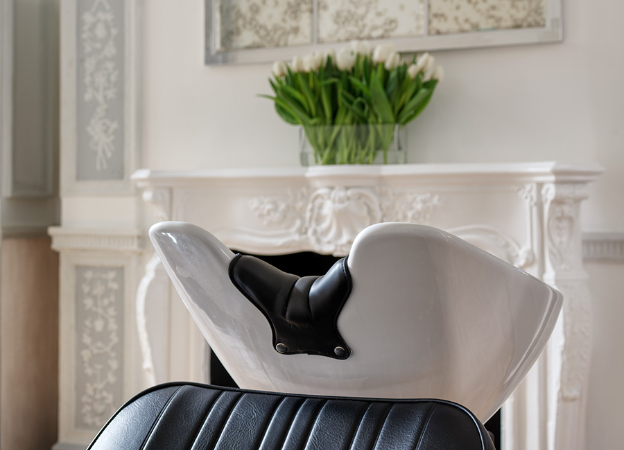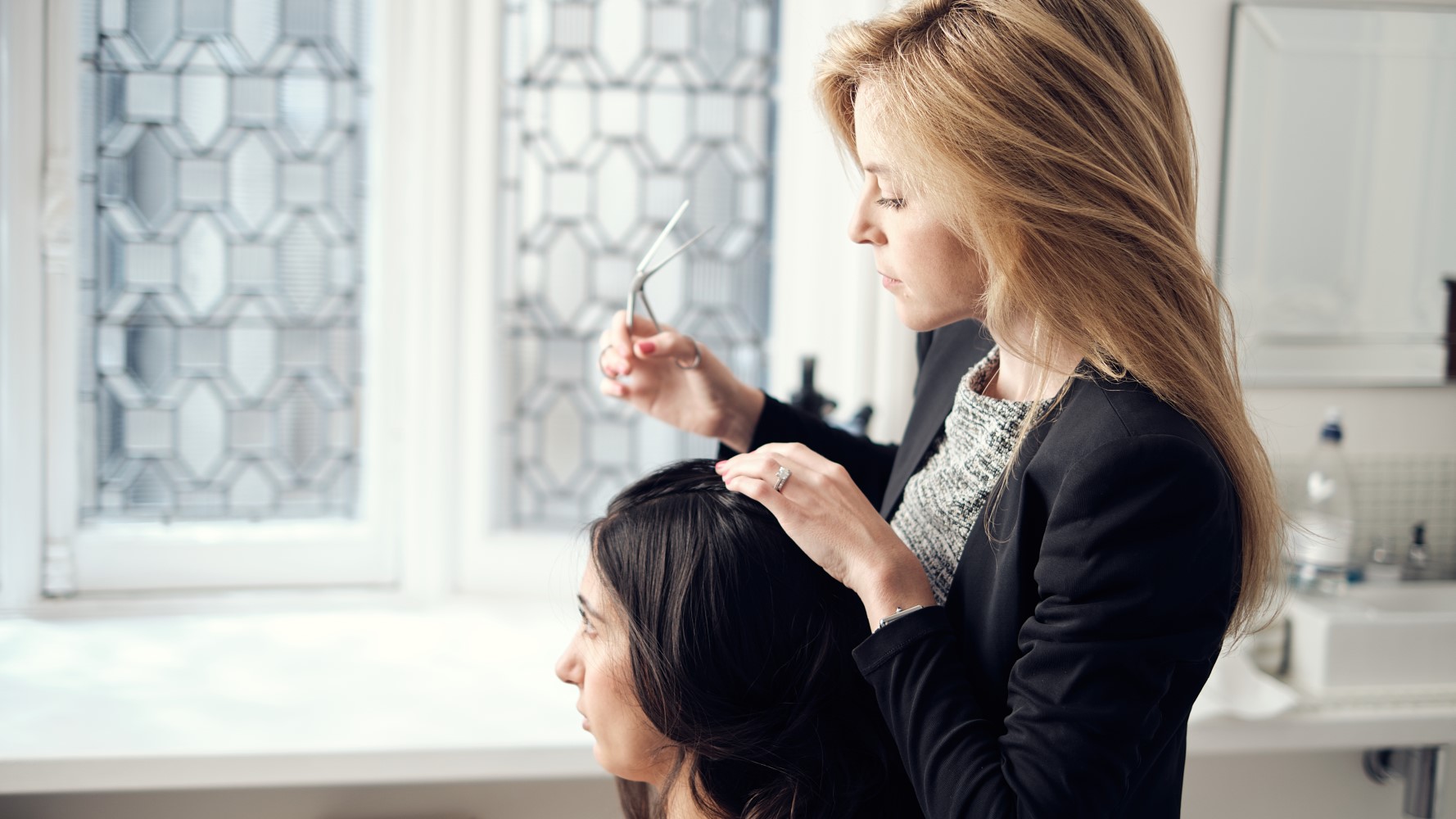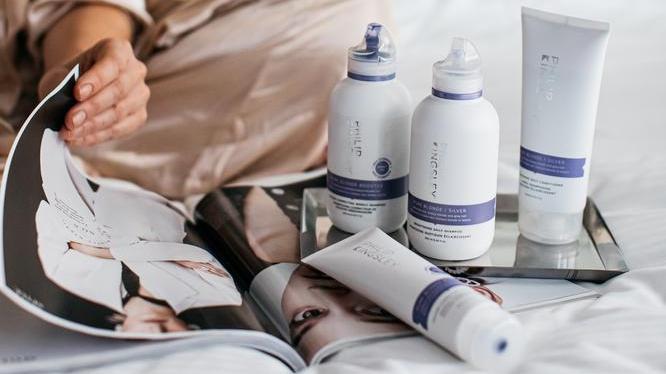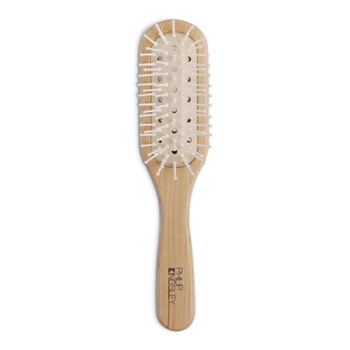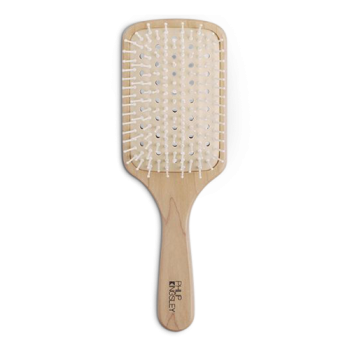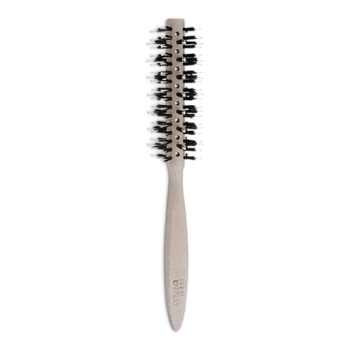However, there are a lot of bad brushing habits out there (many of which our Trichologists encounter on a daily basis in the Philip Kingsley Clinics) and these can actually be harmful to your strands.
But don’t panic! Simply read on for our expert tips on how to brush (and comb) your hair with minimum damage and maximum results.
Work from your ends to your roots
It’s tempting, first thing in the morning, to reduce your preparation time by dragging a brush through your hair. But stop! Tugging too hard on tangles can cause strands to snap. And over time, rough brushing can lead to frayed hairs, breakage and split ends.
Begin by detangling – preferably with a comb. We recommend going for a wide-tooth, ‘saw-cut’ comb – that is, one made in a mould with no seams to catch and weaken your strands.
Gently run your comb through your hair, starting at the ends and gradually working your way up to the roots. It takes a bit of patience, but we promise it’s worth it.
Detangle before you wash
You might think that running water through knotted hair will help detangle it. Not true! If your hair is tangled when you start washing, it is only likely to get more so. So before you step into the shower, use your comb (as above) to ensure your strands are tangle-free.
Be gentle with wet hair
Hair swells by 20-30% when it’s wet, making wet hair a little bit like a taut rubber band. So roughly brushing it in this state can easily cause it to snap. To minimise breakage after washing, use a comb to remove tangles, always working from the ends up to the roots.
We also recommend spritzing on a de-tangling spray like our Daily Damage Defence, which works on wet or dry hair.
Choose a brush that’s kind to your cuticles
Now that you’re ready to style your hair, you can turn to a brush. But what kind to choose? Expensive, natural-bristled brushes aren’t necessarily the best for your hair. This is because natural bristles, such as boar, are often sharp and tufted close together, which means they can weaken your cuticle (your hair’s outer layer).
Instead, go for a brush with long, widely-spaced plastic bristles. These are smoother and kinder to your strands
Pick the right shape for your style
As for what shape of brush to choose, that depends on what length hair you have and what style you want to achieve. Here’s a quick guide to the Philip Kingsley range:
Vented paddle brush: This is particularly good for blow drying long hair straight. Its width gives excellent coverage, while the venting allows hot air to pass through the base rather than building up and scorching your hair. The plastic bristles help reduce static, and smooth strands without breakage.
Radial brush: This is for those who want to give medium-to-long length hair some bounce and body. It combines nylon round-ended pins with short, softer bristles to help prevent damage to the hair and scalp. This brush is also vented to avoid heat build-up when blow drying. For those with shorter hair, or for styling fringes, choose our Mini Radial Brush.
Vented grooming brush: A good option for shorter hair that needs added root lift, as well as fringe-styling, and as a travel brush for all hair lengths.
